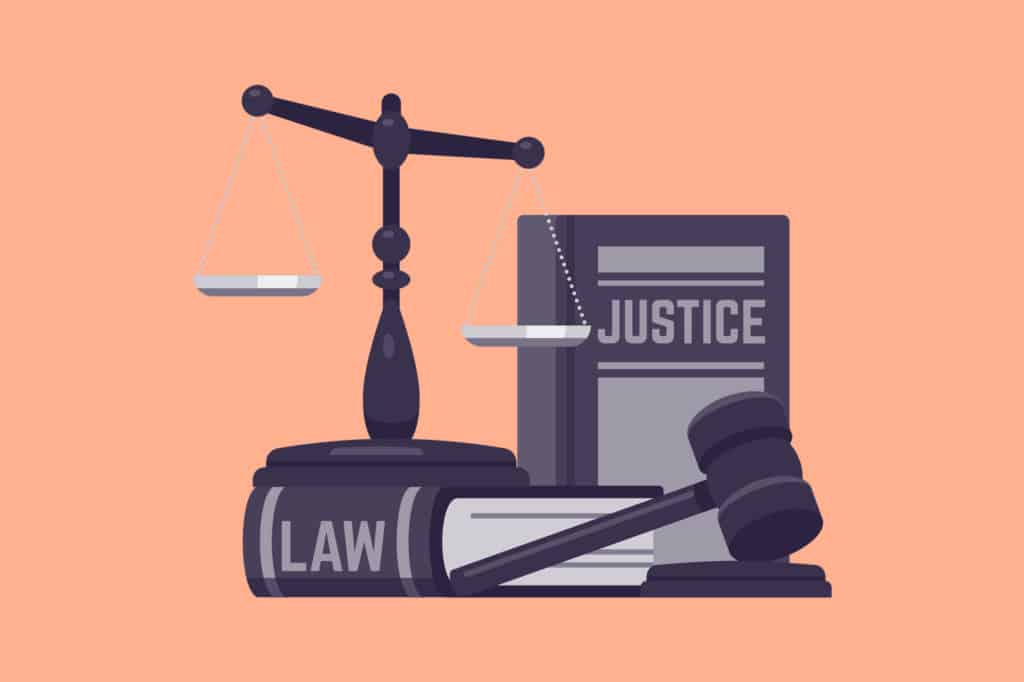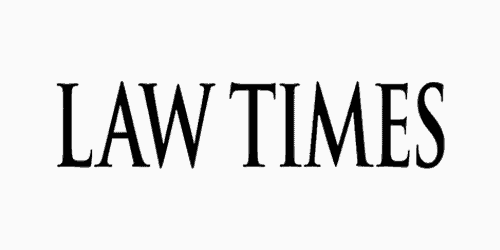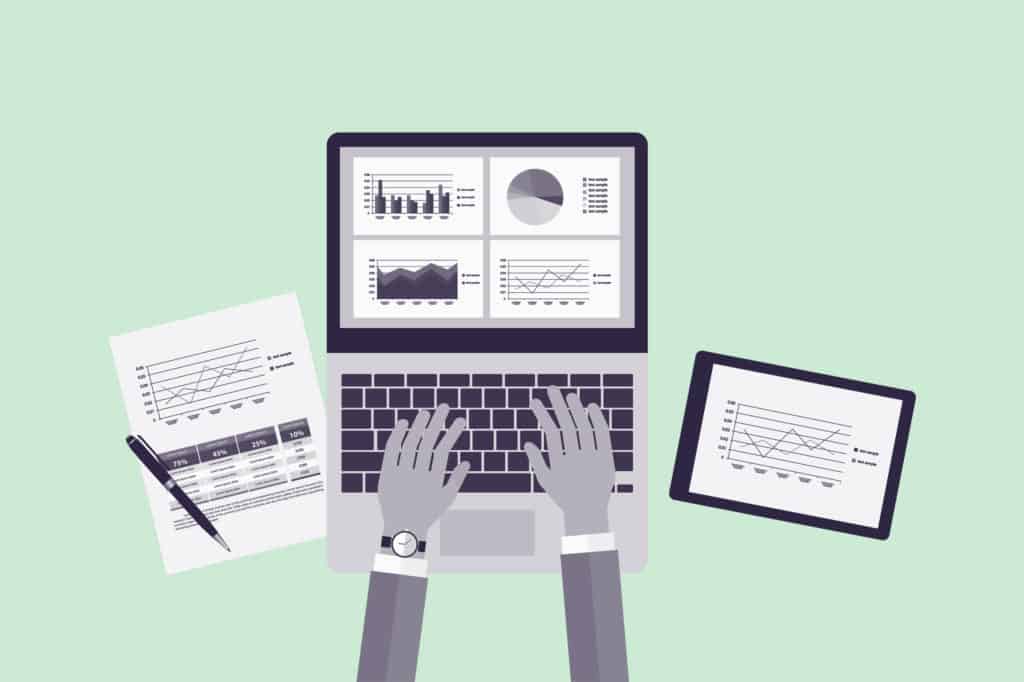COP 24 Shows Steady and Significant Movement Towards a Transition
Cutting through the murky details of treaty text and international negotiations, we offer our thoughts on what those maneuverings will mean for business in 2019….
RI Americas Conference 2018
Manifest was pleased to participate on two panels at the recent Responsible Investor Americas 2018 in New York. Laura Zizzo moderated a panel on the alignment…
Litigation Will Force Better Management and Disclosure of Climate-Related Risk
A Quebec group is suing Canada’s federal government for violating the rights of young people by failing to tackle climate change. In Juliana v. US,…
Why Climate-Related Due Diligence is Essential
The recently released Intergovernmental Panel on Climate Change (IPCC) report has been interpreted by many as a bleak warning of the dangers of climate change exceeding 1.5°C….
Finance Solutions for Climate Action Needed
One of the main obstacles to meaningful climate action is adequate capital backing. While government policies and incentives are crucial to drive climate initiatives, solutions…






